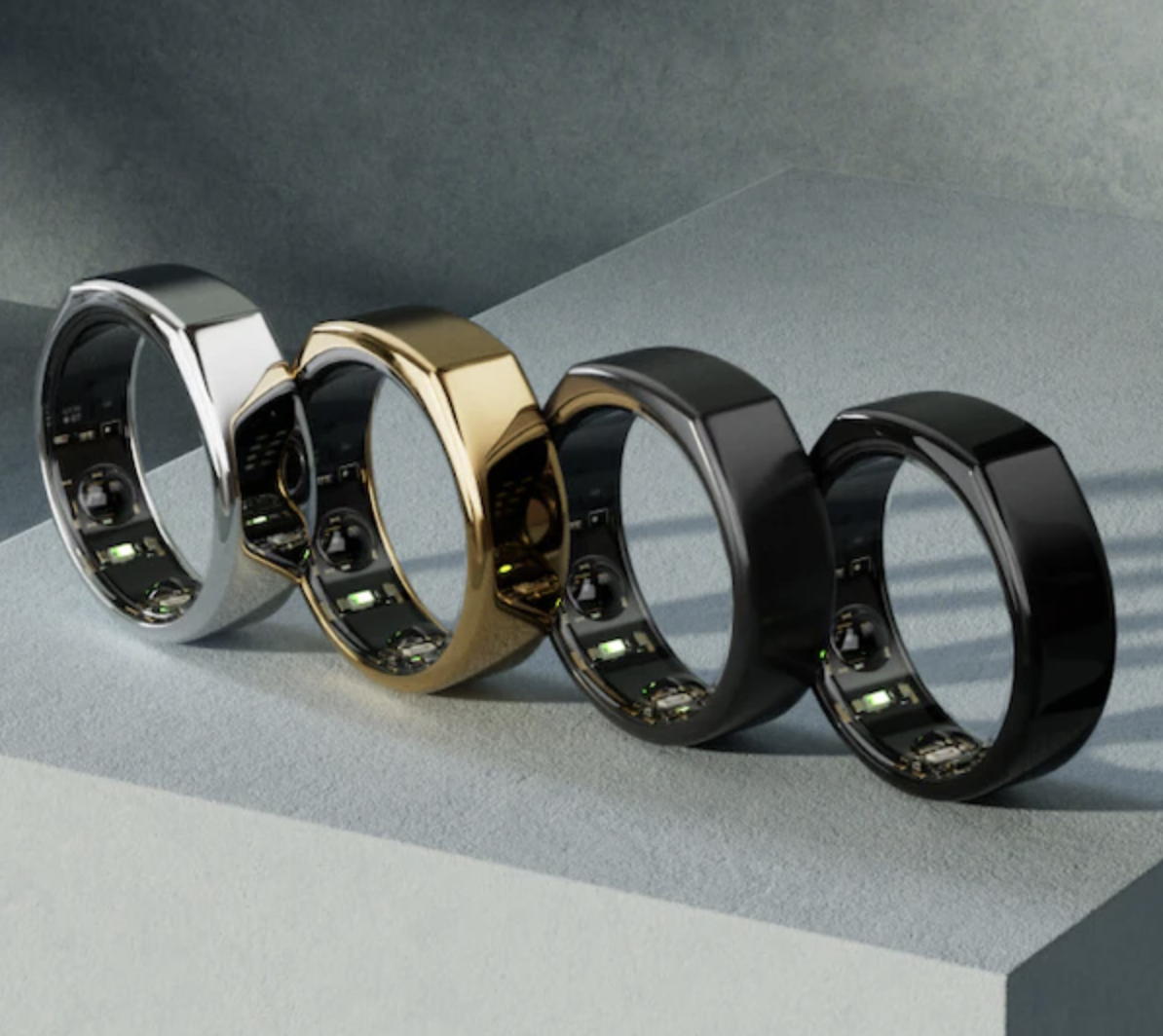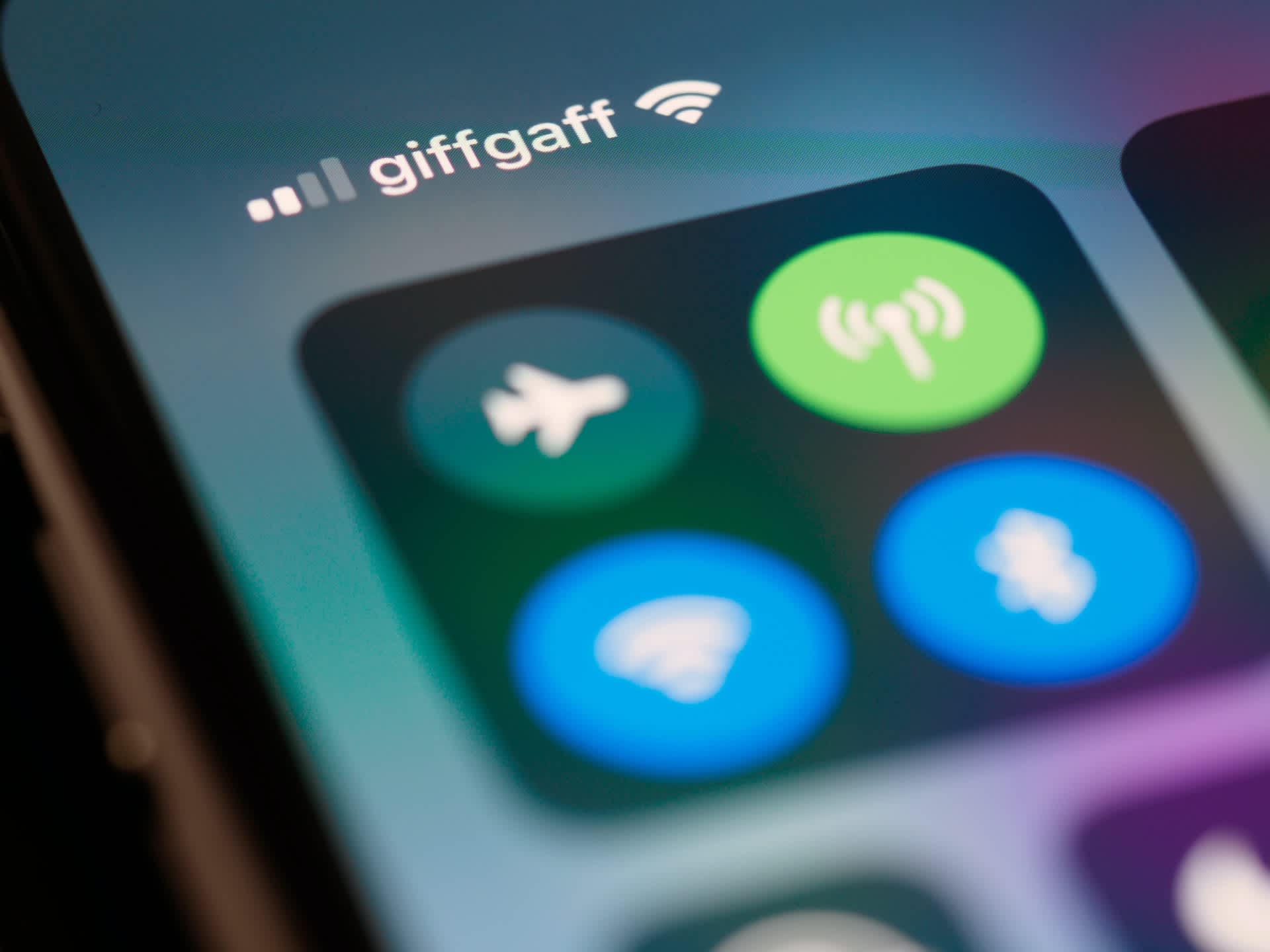Bluetooth has become the de facto standard for short-term communication between smart devices. According to the Bluetooth SIG, Bluetooth-enabled device shipments will increase from four billion last year to more than six billion by 2025, with products ranging from earbuds to asset trackers.
Let's look at the differences between Bluetooth Classic and Bluetooth Low Energy (BLE), along with some of the most common machine-to-machine (M2M) and Internet-of-things (IoT) use cases.
What is Bluetooth?
Bluetooth is a short-range wireless technology standard that exchanges data between fixed and mobile devices by creating a personal area network (PAN).
Under the hood, Bluetooth is a packet-based protocol that operates at frequencies between 2.402 and 2.480 GHz or 2.400 and 2.4835 GHz – a globally unlicensed industrial, scientific, and medical short-range radio frequency band. The resulting personal area networks have a range of about 10 meters – or 33 feet – with transmission power limited to 2.5 milliwatts.
Bluetooth devices can communicate with a maximum of seven devices in a piconet, although the core specification provides for the connection of two or more piconets to form a scatternet. As a result, the technology works for both consumer electronics requiring a few connections and industrial electronics that may require a lot of connections.
Bluetooth Low Energy (BLE)
Bluetooth Low Energy, or BLE, was launched in 2006 as an independent offshoot of Bluetooth Classic, designed for low-energy applications.
BLE is capable of running on coin cell batteries, making it ideal for wearables, beacons, home security, and other small devices with limited power.
Despite its low power consumption, BLE offers a communication range that's on par with conventional Bluetooth technology. By 2011, the iPhone 4S became the first smartphone to incorporate the technology.
In addition to lower power consumption, BLE has both single-mode and dual-mode implementations. Single-mode chips support highly integrated and compact devices at a significantly lower cost, while dual-mode chips include both BLE and Bluetooth Classic capabilities to support more robust functionality.
A lightweight Link Layer provides ultra-low power idle mode operations, single device discovery, and other efficiency-focused capabilities. By staying in sleep mode most of the time, the device has much lower energy consumption than Bluetooth Classic. In low-duty cycles, coin batteries could provide up to ten years of reliable operation!
M2M & IoT Uses
Bluetooth Low Energy has become the most popular standard across wireless devices. Of course, the common denominator is that energy consumption is a critical concern. BLE is a go-to option for small battery-operated devices with low-cost and low-power consumption as their primary focus – making them especially vital for wearables.

The most common applications include:
Wearables – Every major smartphone, tablet, and laptop contains Bluetooth technology (BLE and Classic). As a result, many fitness trackers and wearables leverage BLE to exchange data with mobile devices and aggregate information, create dashboards, and share data with others (e.g., physicians).
Earbuds & Speakers – The Bluetooth LE Audio specification in 2021 extended BLE's capabilities into the audio domain, paving the way for more power-efficient earbuds and speakers. The launch of Auracast (see below) could help increase accessibility for individuals with hearing loss and become the go-to for modern, low-cost assistive listening systems (ALS).
Indoor Tracking – Bluetooth technologies can determine the position of indoor devices – where GPS technology is unavailable – enabling businesses to track assets throughout their supply chain (tags) and retailers to notify nearby customers of special deals or other promotions (beacons).
Smart Homes & Businesses – Bluetooth supports building automation, control, and operational efficiency. For example, Bluetooth-enabled lighting dramatically reduces power consumption and improves a building's efficiency ratings, making it a popular standard for new builds.
What's Next for Bluetooth?
Bluetooth v5.0 came out in December 2016, adding new capabilities to BLE technology. In particular, Bluetooth 5 provides the option to either double the speed at the expense of range or achieve four times the range at the expense of speed. As a result, customers can customize the technology depending on their individual requirements.
In June 2022, the Bluetooth Special Interest Group announced the launch of an upcoming audio broadcasting capability called Auracast. The technology will enable an audio transmitter to broadcast audio to an unlimited number of nearby Bluetooth audio receivers, including speakers, earbuds, or hearing devices – extending existing capabilities.
There's no official word on the Bluetooth v6.0 specification, but based on historical release cycles, the new specification could come in late 2022 or early 2023.
Alternatives to Consider
Bluetooth may be the most common short-range wireless communication standard, but it's not the only game in town. In addition, internet-connected technologies, like GSM or LTE, can cut out the intermediary and send device data directly to the cloud. Ultimately, the best option depends on each smart device's individual requirements.
Some popular Bluetooth alternatives include:
WiFi Direct – A peer-to-peer wireless technology that's supported by nearly all phones and tablets. Using the same underlying technology as WiFi, WiFi Direct allows two devices to connect directly (similar to Bluetooth). WiFi Direct also provides much faster data transfer speeds than Bluetooth, but the trade-off is that it's more power-hungry.
Near Field Communication – A short-range communication technology that uses electromagnetic fields. Since there's no power requirement, the technology is popular for contactless payment and passive asset tracking tags. However, it's not possible to communicate dynamic data that changes over time.
Zigbee and Z-Wave – Two other Bluetooth-like networking technologies. Zigbee supports twice as many devices as BLE and is common in home and industrial automation markets. Meanwhile, Z-Wave uses a sub-1GHz band that increases range and reduces interference, but the exact band must be customized by country due to country-specific regulations.
The Bottom Line
Bluetooth Classic and Bluetooth Low Energy have become the de facto standards for smart device communication. With low energy consumption and unparalleled flexibility, manufacturers of wearables and other smart devices should consider the technology to enhance product capabilities by connecting to smartphones, tablets, and the wider internet.
Looking for guidance on Blueetoth for your your project? Contact us!

Greg Cargopoulos
Marketing Lead

